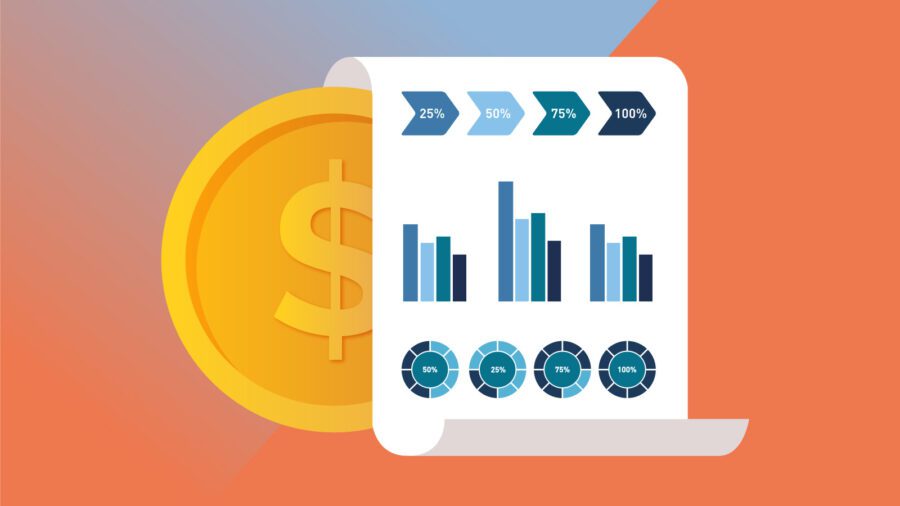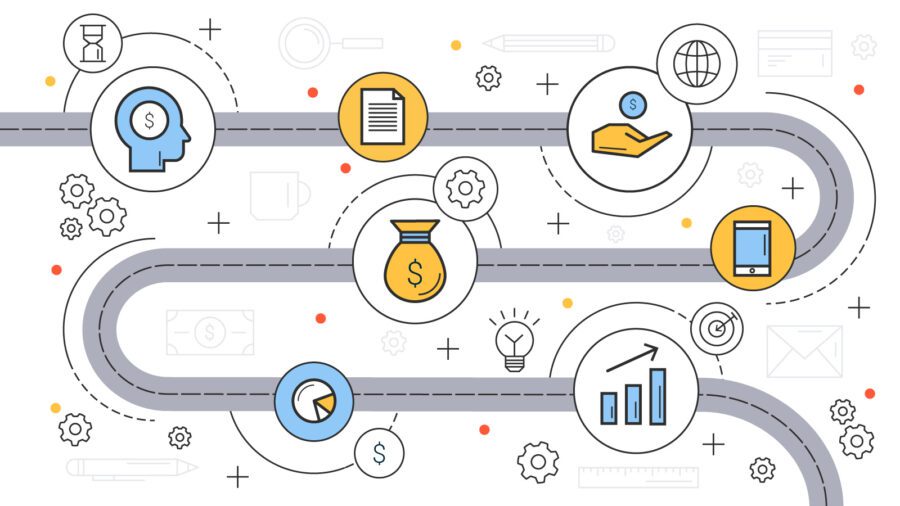 In recent years, the ability of data science and machine learning to cope with a number of principal financial tasks has become an especially important point at issue. Companies want to know more what improvements the technologies bring and how they can reshape their business strategies.
In recent years, the ability of data science and machine learning to cope with a number of principal financial tasks has become an especially important point at issue. Companies want to know more what improvements the technologies bring and how they can reshape their business strategies.
To help you answer these questions, we have prepared a list of data science use cases that have the highest impact on the finance sector. They cover very diverse business aspects from data management to trading strategies, but the common thing for them is the huge prospects to enhance financial solutions.
Automating risk management
Risk management is an enormously important area for financial institutions, responsible for company’s security, trustworthiness, and strategic decisions. The approaches to handling risk management have changed significantly over the past years, transforming the nature of finance sector. As never before, machine learning models today define the vectors of business development.
There are many origins from which risks can come, such as competitors, investors, regulators, or company’s customers. Also, risks can differ in importance and potential losses. Therefore, the main steps are identifying, prioritizing, and monitoring risks, which are the perfect tasks for machine learning. With training on the huge amount of customer data, financial lending, and insurance results, algorithms can not only increase the risk scoring models but also enhance cost efficiency and sustainability.


Among the most important applications of data science and artificial intelligence (AI) in risk management is identifying the creditworthiness of potential customers. To establish the appropriate credit amount for a particular customer, companies use machine learning algorithms that can analyze past spending behavior and patterns. This approach is also useful while working with new customers or the ones with a brief credit history.
Although digitalization and automatization of risk management processes in finance are in the early stages, the potential is extremely huge. Financial institutions still need to prepare for this change by automating core financial processes, improving analytical skills of the finance team, and making strategic technology investments. But as soon as the company starts to move in this direction, the profit will not make itself wait.
Managing customer data
For financial firms, data is the most important resource. Therefore, efficient data management is a key to business success. Today, there is a massive volume of financial data diversity in structure and volume: from social media activity and mobile interactions to market data and transaction details. Financial specialists often have to work with semi-structured or unstructured data and there is a big challenge to process it manually.
However, it’s obvious for most companies that integrating machine learning techniques to managing process is simply a necessity to extract real intelligence from data. AI tools, in particular, natural language processing, data mining, and text analytics, help to transform data into information contributing in smarter data governance and better business solutions, and as a result – increased profitability. For instance, machine learning algorithms can analyze the influence of some specific financial trends and market developments by learning from customers financial historical data. Finally, these techniques can be used to generate automated reports.
Predictive analytics


Analytics is now at the core of financial services. Special attention deserves predictive analytics that reveals patterns in the data that foresee the future event that can be acted upon now. Through understanding social media, news trends, and other data sources these sophisticated analytics conquered the main applications such as predicting prices and customers lifetime value, future life events, anticipated churn, and the stock market moves. Most importantly such techniques can help answer the complicated question – how best to intervene.
Real-time analytics
Real-time analytics fundamentally transform financial processes by analyzing large amounts of data from different sources and quickly identifying any changes and finding the best reaction to them. There are 3 main directions for real-time analytics application in finance:
Fraud detection
It’s an obligation for financial firms to guarantee the highest level of security to its users. The main challenge for companies is to find a good fraud detecting system with criminals always hacking new ways and setting up new traps. Only qualified data scientists can create perfect algorithms for detection and prevention of any anomalies in user behavior or ongoing working processes in this diversity of frauds. For instance, alerts for unusual financial purchases for a particular user, or large cash withdrawals will lead to blocking those actions, until the customer confirms them. In the stock market, machine learning tools can identify patterns in trading data that might indicate manipulations and alert staff to investigate. However, the greatest thing of such algorithms is the ability of self-teaching, becoming more and more effective and intelligent over time.
Consumer analytics
Real-time analytics also help with better understanding of customers and effective personalization. Sophisticated machine learning algorithms and customer sentiment analysis techniques can generate insights from clients behavior, social media interaction, their feedbacks and opinions and improve personalization and enhance the profit. Since the amount of data is enormously huge, only experienced data scientists can make precise breakdown.
Algorithmic trading
This area probably has the biggest impact from real-time analytics since every second is at stake here. Based on the most recent information from analyzing both traditional and non-traditional data, financial institutions can make real-time beneficial decisions. And because this data is often only valuable for a short time, being competitive in this sector means having the fastest methods of analyzing it.
Another prospective opens when combining real-time and predictive analytics in this area. It used to be a popular practice for financial companies have to hire mathematicians who can develop statistical models and use historical data to create trading algorithms that forecast market opportunities. However, today artificial intelligence offers techniques to make this process faster and what is especially important – constantly improving.


Therefore, data science and AI made a revolution in the trading sector, starting up the algorithmic trading strategies. Most world exchanges use computers that make decisions based on algorithms and correct strategies taking into account new data. Artificial intelligence infinitely processes tons of information, including tweets, financial indicators, data from news and books, and even TV programs. Consequently, it understands today’s worldwide trends and continuously enhances the predictions about financial markets.
All in all, real-time and predictive analytics significantly change the situation in different financial areas. With technologies such as Hadoop, NoSQL and Storm, traditional and non-traditional datasets, and the most precise algorithms, data engineers are changing the way finance used to work.
Deep personalization and customization
Firms realize that one of the key steps to being competitive in today’s market is to raise engagement through high-quality, personalized relationships with their customers. The idea is to analyze digital client experience and modify it taking into account client’s interests and preferences. AI is making significant improvements in understanding human language and emotion, which brings customer personalization to a whole new level. Data engineers can also build models that study the consumers’ behavior and discover situations where customers needed financial advice. The combination of predictive analytic tools and advanced digital delivery options can help with this complicated task, guiding the customer to the best financial solution at the most opportune time and suggesting personalize offerings based on spending habits, social-demographic trends, location, and other preferences.
Conclusion
For financial institutions, the usage of data science techniques provides a huge opportunity to stand out from the competition and reinvent their businesses. There are vast amounts of continuously changing financial data which creates a necessity for engaging machine learning and AI tools into different aspects of the business.
We focused on the top 7 data science use cases in the finance sector in our opinion, but there are many others that also deserve to be mentioned. If you have any further ideas, please share your vision in the comment section.
